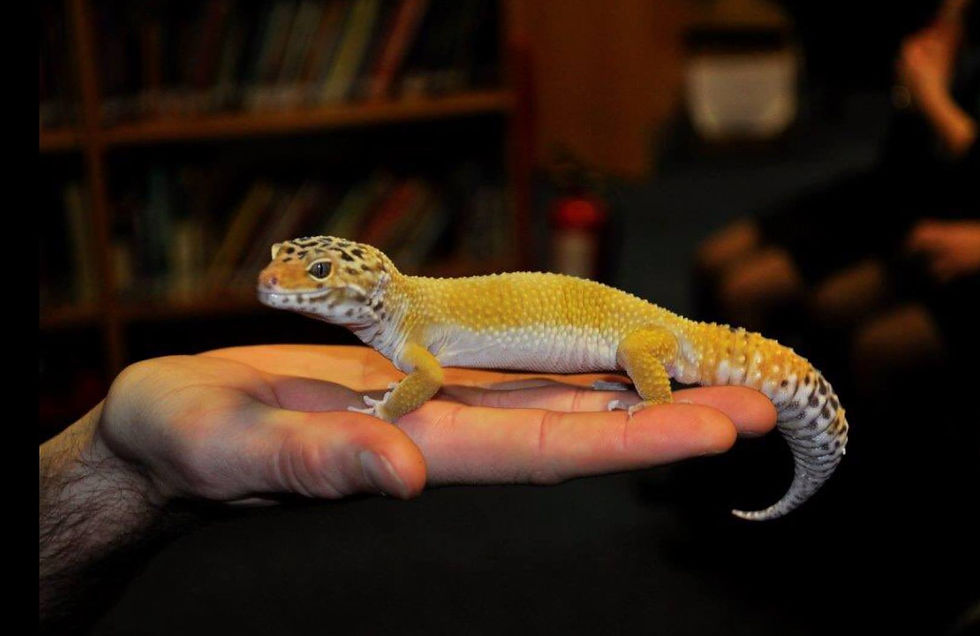
Nature is amazing! It has been influencing scientific and engineering discovery for decades. Scientists take inspiration from plant and animal adaptations to design nature-inspired solutions to develop machines, technology, buildings and even medicine.
When nature inspires humans to create something new, it is called biomimicry. We will look at five animals that have been the muse for biomimicry solutions.

Stenocara Beetle
Life in the desert is hard! The stenocrara beetle has adapted to survive in this extreme environment by evolving to have a bumpy exoskeleton that condenses and catches water in the air and then funnels it to the beetle's mouth.
Humans have taken this idea to help them survive in the desert. Designers created nets and sheets with the same bumpy texture and wax-like qualities for us to be able to collect condensing water.

Spiders
Spider webs are strong, flexible, and lightweight. Proportionally, it's stronger than steel! It can elongate to 5 times its relaxed length, and if you spun a strand of it around the world and brought it all together, it'd weigh no more than 500 grams!
Scientists are trying to make this silk but thus far have yet to be successful synthetically. They have got close to synthesising the protein in goat's milk, but the methods of creating usable strands for construction or medical purposes are still being trialled.

Geckos
Many geckos have sticky toes that help them climb on almost all surfaces! What makes them stick aren’t suckers but hundreds of thousands of hairs called satae. The vast surface area of these hairs allows the Van Der Waals forces, the static forces between molecules, to kick in and enable the lizard to climb on all surfaces.
This adhesive property is again something that scientists have recreated in labs for uses in artificial adhesion. They have already created tapes and tabs using this dry adhesive material.

Sharks
Sharks have tiny bumpy scales that lock together called dermal denticles. These help reduce drag, allowing sharks to swim faster. Human swimmers have benefited from this design in swimwear that will enable them to increase their speed.
The formation of shark denticles prevents bacteria and other growths from attaching, causing them to be anti-microbial. Humans have copied this to create materials with similarly rough scales to line the bottom of boats and ships to keep them incredibly streamlined and smooth and reduce algae and barnacle adhesion by up to 85%. Hospitals are using a technology called Sharklet™ to create antibacterial surfaces for high touch points, helping to reduce the spread of superbugs.

Tree Frogs
Tree frogs have special toe pads with hexagonal patterned channels on their feet that build an adhesion force when in contact with a wet surface.
Scientists at Leeds University designed a tiny robot inspired by tree frogs that aid in surgery. This robot moves across the internal abdominal wall of a patient, allowing surgeons to see what they are doing on a real-time video feed. The tree frog's feet solve the critical problem of holding the device onto wet, slippery tissue when it is vertical or upside down.

Commenti